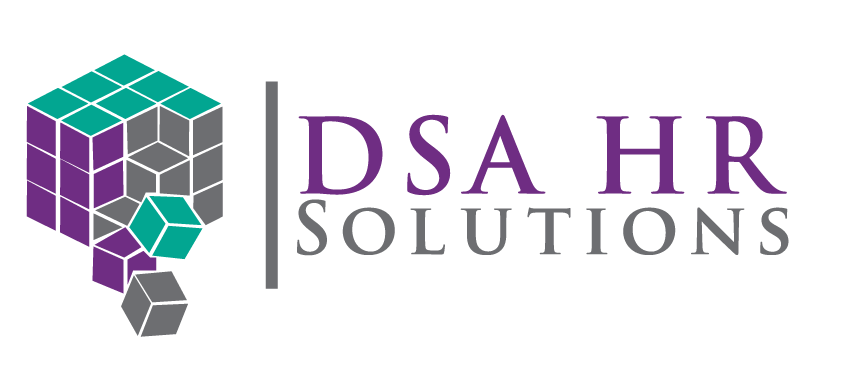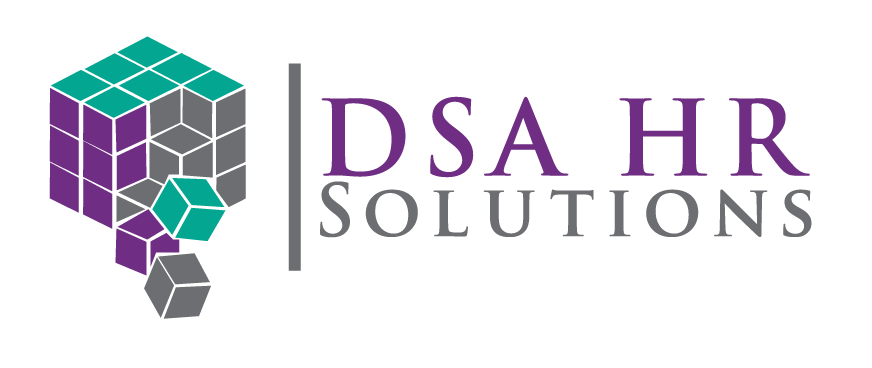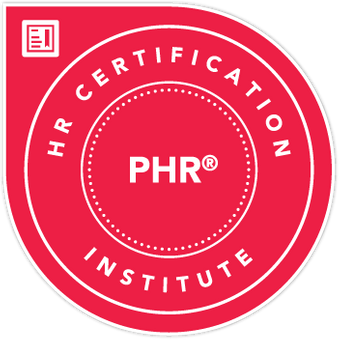Types Of Harassment In The Workplace

Harassment is an unfortunately extremely serious issue that exists in many
workplaces. According to a global survey, 17.9% of employed individuals, both men and women, reported experiencing psychological violence and harassment during their working life, while 8.5% reported experiencing physical violence and harassment.
Workplace harassment can have negative effects on the mental and physical health, job satisfaction, and overall well-being of victims.
As a result, it's essential for both employers and employees to be able to recognize and address workplace harassment. By understanding the different types of harassment that can occur, we can work together to create a safe and respectful workplace for everyone.
If you're an employer who wants to foster a positive and inclusive work environment, or an employee who wants to protect yourself and your colleagues from harassment, then keep reading. In this post, we'll be exploring the different types of workplace harassment and providing you with the knowledge you need to identify and prevent it.
What is Workplace Harassment? Definition
Harassment ultimately involves someone intentionally causing harm or discomfort to another person through their words or actions.
In the workplace, harassment can create an uncomfortable hostile work environment for employees, and can have a negative impact on their mental health, job performance, and overall well-being.
Harassment doesn't always have to involve contact/physical harassment or threats. It can also include verbal abuse, psychological harassment, discriminatory harassment (offensive jokes or comments), and behavior that is intended to isolate or intimidate someone. With that, here are the different types of workplace harassment you can come across in the workplace:
Sexual Harassment
This involves unwanted sexual advances, comments, or physical contact. There are two main types of
sexual harassment:
- Quid pro quo sexual harassment - Where employment or other benefits are offered in exchange for sexual favors
- Hostile work environment harassment - An employee is subjected to a work environment that is hostile or intimidating due to sexual comments or behavior.
Sexual harassment may additionally include physical contact, verbal approaches, or jokes that are sexual in nature but are not consented. Managers who offer promotions in return for sexual favors are one example, as are coworkers who make unwanted sexual remarks on a regular basis.
Example: A male manager, John, repeatedly makes unwanted sexual advances towards his female employee, Sarah, including comments on her appearance, asking her out, and inappropriate touching. Despite Sarah's objections, John persists, causing her to feel uncomfortable and anxious at work. Sarah is hesitant to report the behavior for fear of negative consequences.
Racial Harassment
This involves behavior that is discriminatory or offensive based on race, ethnicity, or national origin. Some examples include derogatory comments, slurs, or actions that are based on an employee's race or ethnicity.
Example:
An African American employee, let's call him David, works at a company where he is subjected to repeated racial slurs and derogatory comments by his coworkers, including being told he got his job due to affirmative action, and being called racial epithets. David feels uncomfortable and belittled by this behavior,
The heightened focus on racism and inequality throughout the country this summer has spread to all corners of American culture, including the workplace.
According to the Gallup Center on Black Voices, one in four Black (24%) and Hispanic (24%) workers in the U.S. have experienced discrimination in the workplace in the last year, an outcome that should prompt companies to reflect on their own part in the discourse and the steps they could take.
Age Harassment
This pertains to actions that are biased or insulting towards an employee due to their age. This may involve making negative remarks or engaging in behaviors that imply that an employee is either too old or too young to effectively carry out their job responsibilities.
Example: An older employee, Mary, works at a company where she is repeatedly subjected to comments and jokes about her age by her younger coworkers. They make derogatory comments about her abilities and suggest that she is too old to keep up with the demands of the tasks she does.
Disability Harassment
The term "disability harassment" is used to describe any kind of unwanted behavior directed at an individual because of their impairment.
According to the Equal Employment Opportunity Commission (EEOC), disability-based harassment can be especially harmful, as it can undermine an employee's sense of self-worth and create barriers to full participation in the workplace. In fact, a study conducted by the National Institute on Disability, Independent Living, and Rehabilitation Research (NIDILRR) found that employees with disabilities who experienced harassment at work reported higher levels of job-related stress and lower job satisfaction.
Furthermore, disability harassment can have significant legal consequences for employers. Under the Americans with Disabilities Act (ADA), employers are prohibited from discriminating against employees on the basis of disability, and are required to provide reasonable accommodations to employees with disabilities in order to allow them to perform their job duties. This includes taking steps to prevent disability harassment and promptly addressing any incidents that occur.
Religious Harassment
Religious harassment involves unwelcome behavior that targets individuals based on their religious beliefs or practices. This can include derogatory remarks or jokes about a particular religion, exclusion from work-related activities due to religious beliefs, or pressure to conform to the beliefs or practices of others.
Prevention and Response to Workplace Harassment
Now, with all of that said: what can we do? Safe and welcoming workplaces can only be achieved by proactive measures to prevent and address harassment in the workplace. The following are some suggestions for dealing with and avoiding workplace harassment:
Prevention Strategies:
Education and Training:
Employers should provide regular education and training to all employees and managers to promote awareness of
workplace harassment, including what it is, how to recognize it, and how to prevent it.
Clear Policies: Implement clear policies and procedures in place to
prevent and address
workplace harassment. These policies should be communicated to all employees and should outline what constitutes
harassment, how to report it, and what the consequences are for engaging in harassing behavior.
Leadership and Accountability: Hold leaders and managers accountable for preventing and addressing workplace harassment. This includes creating a culture of respect and inclusivity, enforcing policies consistently, and taking appropriate action when incidents of harassment occur.
Reporting and Response Procedures:
Reporting Mechanisms: Provide multiple reporting mechanisms for employees to report incidents of workplace harassment. This may include a hotline, an online reporting system, or an anonymous reporting option.
Confidentiality: Take steps to ensure confidentiality for individuals who report workplace harassment. This includes protecting the identity of the person making the report and ensuring that information is only shared with those who need to know.
Investigation and Response: Conduct prompt and thorough investigations of all reports of
workplace harassment. This includes taking appropriate disciplinary action against those found to have engaged in harassing behavior.
Legal Remedies:
Legal Protections:
Employees who experience workplace harassment have legal protections under federal and state laws, including the Civil Rights Act of 1964 and Title IX. These laws provide employees with the right to take legal action against their employer for failing to prevent or address workplace harassment.
Remedies:
Legal remedies for workplace harassment may include compensation for lost wages or emotional distress, as well as injunctive relief to prevent future harassment.
Prevent Harassment and Bullying in the Workplace with DSA HR Solutions
Preventing
harassment and bullying in the workplace is crucial for creating a safe and inclusive work environment. If you're a
California employer with five or more employees, it's now required by law to provide
training to your supervisors and non-supervisory employees.
Let DSA HR Solutions help you meet these requirements with our effective and engaging training programs. Our expert trainers have extensive experience in human resources and employment law, and we provide materials, certificates of completion, and even prizes for the winning team. Contact us today to schedule your training and take the first step towards creating a workplace free from harassment and bullying.
Author
We are a team of certified
HR experts based out of the San Francisco
Bay Area that provides
HR consulting services to businesses nationwide.





